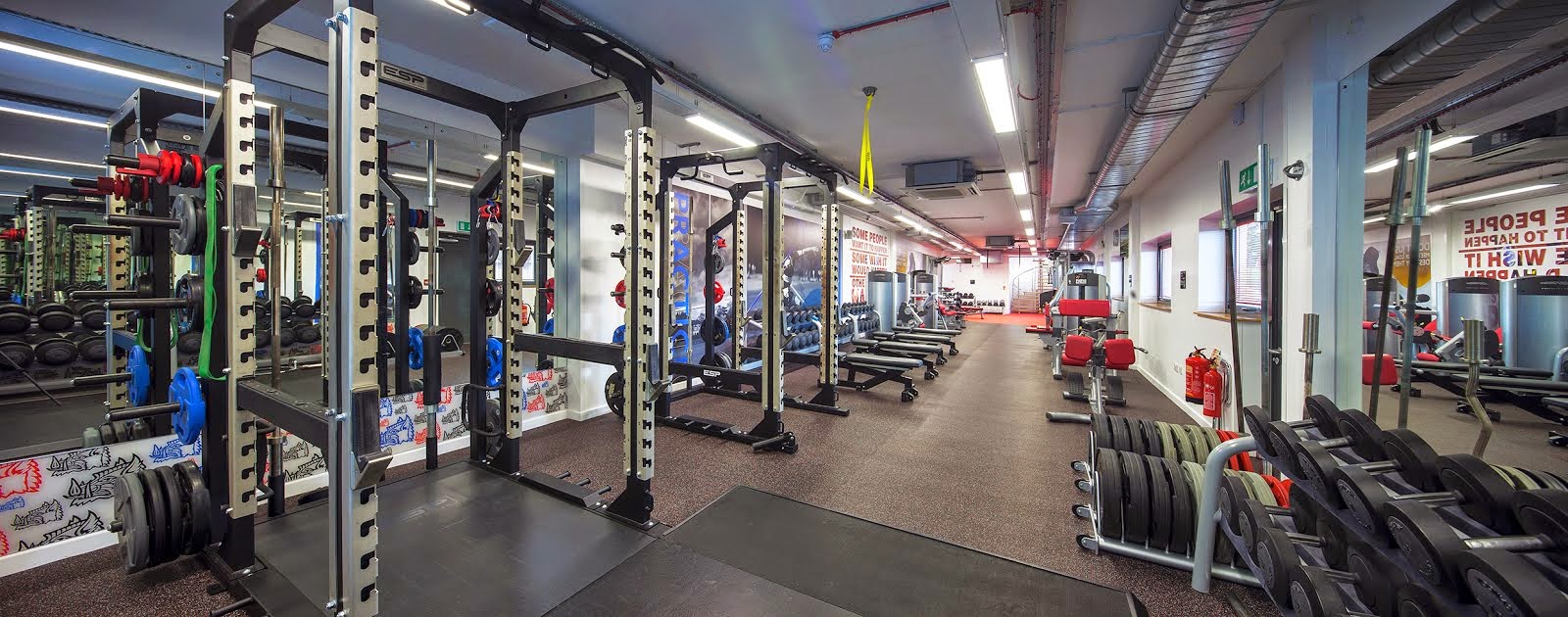Breathing Techniques to Improve Performance
Breathing techniques are very important for all different types of training; however they are often overlooked as a non-essential minor detail with respect to overall performance. This couldn’t be any further from the truth and the following article breaks down the benefits to performance, basic breathing techniques and guidance on improving individual focus. So whatever your goal; lowering your overall heart rate without lowering exercise intensity, increasing your one repetition max (1RM) or developing improved focus and concentration the following information may prove invaluable in helping you achieve it.
When studying the basic anatomy of the lung we discover, although a single organ, each lung is divided into a series of lobes. The right lung is composed of three lobes; the upper, middle and lower. The left lung is similar in construction but only has two lobes the upper and lower. For the purpose of the article I want to focus on just the distinction between the upper and lower lobe and there relationship with two different types of common breathing.
Shallow breathing involves the contraction of intercostal muscles in between the ribs and normally only draws air into the upper lobes. Deep breathing by comparison relies on the intercostal muscles alongside the activation of the diaphragm (large sheet of muscle similar in appearance to a parachute positioned internally at the bottom of the abdomen). It aids in breathing by moving down upon contraction increasing the space within your thorax (upper part of the torso). This creates a negative pressure within the thorax causing the lungs to expand and air to be drawn in. This causes air to be drawn into the lower lobes first, where gaseous exchange can take place more efficiently as well as utilising more of the lungs surface area.
The higher percentage of oxygen in the blood stream and improved VO2max (body’s ability to absorb and transport oxygen effectively) causes muscles to receive increased levels of oxygen, a key component fuelling any aerobic based work. This allows the heart rate to decrease, without reducing exercise intensity levels. As more oxygenated blood is delivered in each stroke volume/contraction of the heart.
With regard to improving a 1RM the increased oxygen levels may not have any direct effect on you physically when performing the lift. This is true as when performing any near maximal effort work your body works anaerobically (energy being produce is without the presence of oxygen), so the increased oxygen levels bear no relevance. However, when performing deep breathing an individual’s parasympathetic nervous system is activated. This causes certain physiological changes in the body; dilation of blood vessels, slowing of the heart and constriction of the pupils. All these changes aid in helping you focus and concentrate and perform to your maximum in any situation.
The easiest way to stimulate deep breathing is to breathe in through your nose and out through your mouth. Initially you may find it more difficult, but with a couple of months practice you’ll find all the above benefits are yours. Once you have learned this deep breathing you will be able to do it autonomously and at high intensity. As demand on performance increases you will use this technique through a “normal” breathing pattern without using the nose breathing technique. It also stops you from straining you intercostal muscle through over use, often leading to a dull ache in middle back. Give it a go and let me know how you get on.
Dan. J. Byrne



No comments:
Post a Comment